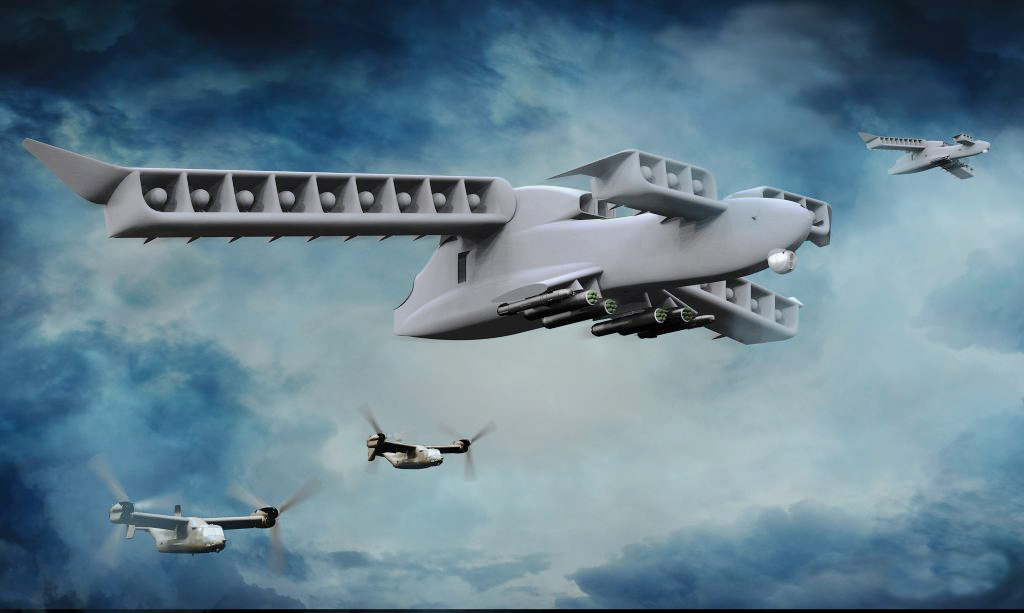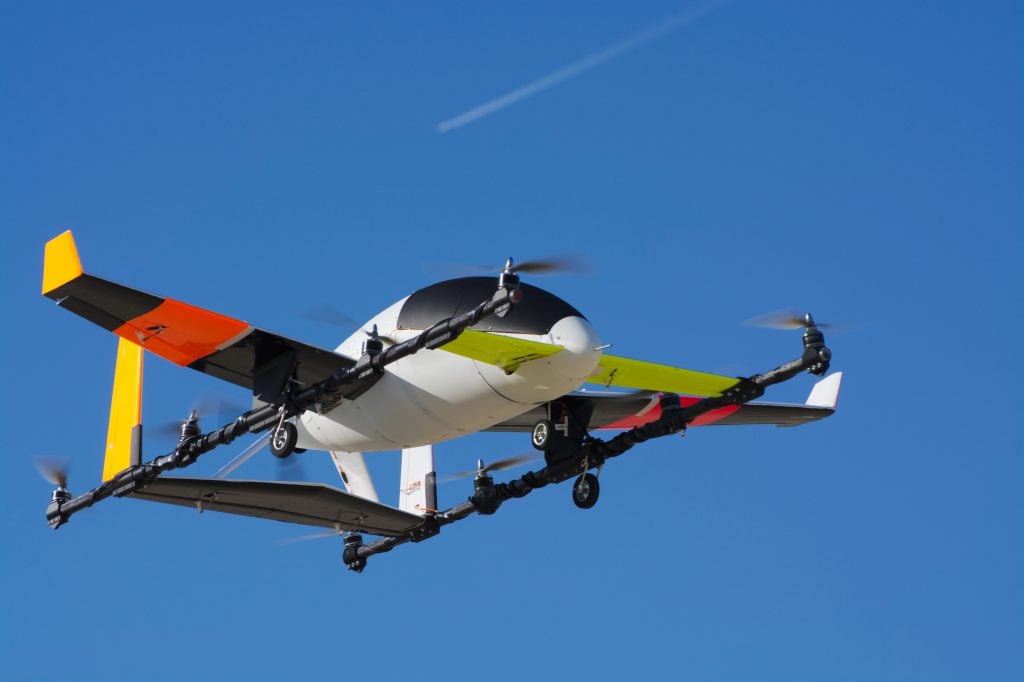Click Here to View This Page on Production Frontend
Click Here to Export Node Content
Click Here to View Printer-Friendly Version (Raw Backend)
Note: front-end display has links to styled print versions.
Content Node ID: 391444
Advanced aerospace technologies specialist Aurora Flight Design is expanding its electric and fuel efficiency research under new contracts from the U.S. National Aeronautics and Space Administration (NASA) covering the design for a single-aisle turbo-electric aircraft with aft boundary layer (STARC-ABL) aircraft concept, as well as continued work on the D8 commercial airliner. The contracts, announced in October, came within weeks of the news of Boeing’s plans to acquire U.S.-based Aurora (Stand 646).
The initial six-month STARC-ABL contract calls for design work on a subsonic commercial aircraft concept that reaps fuel efficiency gains from a combination of conventional under-wing gas-turbine engines and a ducted boundary-layer-ingesting tailcone propulsor that is driven by a turboelectric propulsion system.

This project leverages Aurora’s research across a range of programs, including the XV-24 LightningStrike hybrid-electric aircraft under development through a U.S Defense Advanced Research Projects Agency (DARPA) contract. The LightningStrike is designed as a 12,000-pound hybrid-electric aircraft with 3 MW of electric fans. Aurora recently flew a fully autonomous, battery-powered subscale version of the LightningStrike.
The STARC-ABL also will be able to leverage boundary-layer-ingesting research that Aurora has conducted for its D8 commercial airliner design. NASA recently awarded a 12-month contract for Aurora to continue development of the subsonic D8 X-Plane (XD8).
Evolved from Aurora’s work on the NASA N+3 Program, the “double-bubble” wide fuselage D8 design uses composite structures, boundary layer ingestion and high levels of autonomy to produce reductions of up to 50 percent in fuel burn over current designs.
The latest contract is intended to “mature the XD8” in three ways, including through the design of transonic wind tunnel tests and a transonic boundary layer ingesting fan test, Aurora said. Further the contract will involve the design of a large-scale test article.
Aurora is highlighting both the D8 and LightningStrike projects—along with its eVTOL design—as part of its Dubai Airshow exhibit. In April 2017, Aurora was selected as an Uber industrial partner, supplying its eVTOL for the Uber Elevate program.

The Aurora eVTOL, also based on the LightningStrike concepts, incorporates eight lift rotors for vertical takeoff and landing, along with cruise propeller and wing for transition to high-speed forward cruise. The eVTOL is designed for full electric operation to eliminate emission and noise pollution. Under the Uber Elevate concept, the aircraft would provide on-demand transportation in urban areas, connecting “vertiports.”
Dubai joins Dallas, Texas, as host of the first testbed flights, scheduled in 2020.
'New Chapter'
Aurora continues this work as it moves toward its merger with Boeing. The two companies in early October announced the acquisition agreement, and executives were hopeful that the sale would finalize “quickly,” following regulatory review.
The acquisition of Aurora will bring “a new chapter for The Boeing Company,” said Greg Hyslop, chief technology officer and senior v-p of Boeing Engineering, Test and Technology, providing a range of expertise in the areas of robotic and unmanned technologies, electric systems and advanced aerostructures for programs such as the Bell 525 Relentless and Gulfstream G500, as well as a range of other technologies. In addition to the eVTOL, LightningStrike and D8, Aurora projects have included the Alias robotic copilot and the Centaur optionally piloted aircraft, among numerous others.
"The combined strength and innovation of our teams will advance the development of autonomy for our commercial and military systems," Hyslop said. "Together, these talented teams will open new markets with transformational technologies."
Boeing and Aurora have collaborated on a number of projects, including aircraft prototypes and structural assemblies for military and commercial applications.
For Aurora, the acquisition provides “the opportunity to take some of the cutting-edge R&D that we’ve been doing over the years in a whole range of areas…and apply it with the strength of the world’s leading aerospace company to get it out into the world market,” said Aurora founder and CEO John Langford. “This is a really ideal match-up.”
Following the acquisition, Aurora will continue to operate as Aurora Flight Sciences as a subsidiary under Boeing Engineering, Test and Technology. Plans call for the unit to “retain an independent operating model” but leverage Boeing resources, Boeing said.
Even so, the two companies have already tightened the collaboration as Aurora COO Mark Cherry moved over to lead Boeing Phantom Works. In tandem, Matthew Hutchison, who was vice president of engineering for Aurora, succeed Cherry as COO.
“This is great news for Boeing and great news for Aurora. Matt and Mark are two of our industry’s outstanding leaders and this further strengthens the ties between Aurora and Boeing,” Langford said.